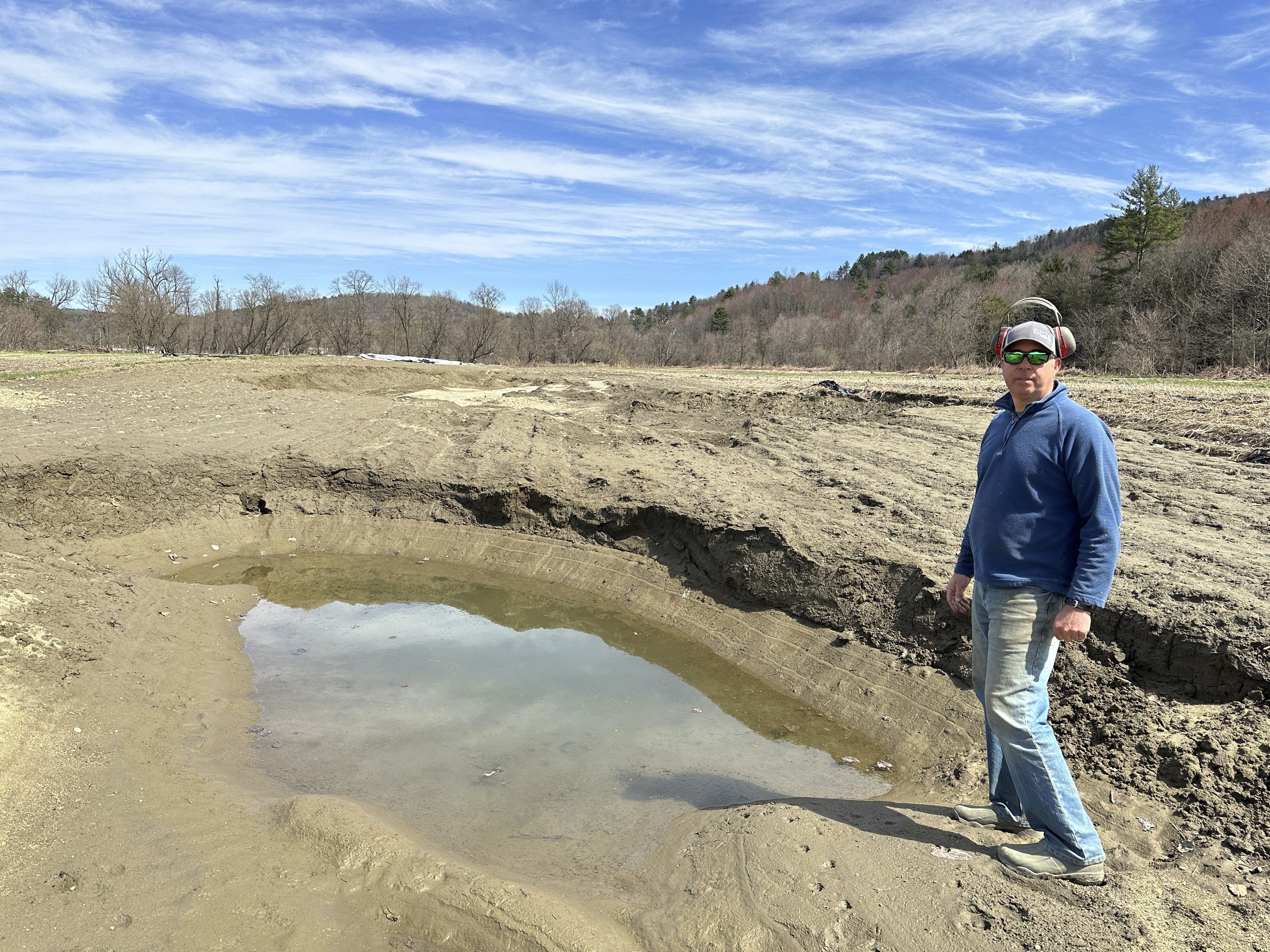Maple syrup producers from all over the country are asking the Food and Drug Administration for strict enforcement of food product labeling, after growing concern from the maple industry that too many big food manufacturers may be deceptively using the word "maple" on their containers.
Those products, some of which were displayed at a Vermont Maple Sugar Makers' Association press conference Tuesday, run the gamut from oatmeal to cookies to ice cream. Despite using the word “maple” in their product names, they often do not contain any actual maple syrup in their ingredient lists, the association charged. They usually contain no natural maple sugar, either, the group said, just hard-to-pronounce chemical flavoring and coloring.
The Vermont Maple Sugar Makers' Association said farmers who work hard making real maple syrup, a premium product, suffer when consumers are confused over what the real product is, or what the price range is for products containing real maple versus ingredients that mimic maple.
"How many people, seriously, look at the fine print?" asked Burr Morse, a central Vermont maple syrup producer. "A lot of us don't."
Now, in a new letter to the Food and Drug Administration, the maple sugar makers are asking for strict FDA enforcement of items sold on grocery store shelves, claiming "unchecked misbranding has an adverse impact on manufacturers of products containing real maple syrup," and "deceives consumers into believing they are purchasing a premium product when they, in fact, have a product of substantially lower quality."
The letter is co-signed by many industry organizations and maple-producing states, including Maine, New Hampshire, New York, Massachusetts, and Connecticut.
Rep. Peter Welch, D-Vermont, said the FDA should be the voice to protect consumers, farmers, and the integrity of this labor-intensive industry. Imagine, Welch said, how Apple may react if it learned someone was selling bogus iPhones.
Vermont
The latest news from around the state
"That's a gigantic company that would come down with the weight of Darth Vader to crush that unfair competition," Welch said. "Small farmers in Vermont and, really, around the country that are producing real maple syrup don't have the power of Apple to enforce their legal rights."
Sen. Patrick Leahy, D-Vermont, said he has worked to promote the reputation of the maple industry through his "Taste of Vermont" receptions in Washington, D.C., and through other initiatives.
"There's no comparison between real maple syrup and these thingamajigs," Leahy said, gesturing to a table of mass-manufactured food products labeled with the word maple that the Vermont Maple Sugar Makers' Association said contain no actual maple. "I've always said that in the third ring of hell, you'd be served fake maple syrup on your pancakes and waffles."
The sugarmakers said there is an easy solution to this, which would avoid running afoul of FDA regulation: if companies want to use the word maple on their packaging, just incorporate real maple as a prominent ingredient.
In response to an necn request for comment, the Grocery Manufacturers Association, a trade group representing many national food and beverage brands, issued the following written statement:
"The food and beverage industry is committed to providing consumers with the information they need to make informed product choices and GMA recommends that food and beverage manufacturers abide by FDA's policy which stipulates that food labels be truthful and non-misleading. The FDA currently has regulations in place on the proper use of descriptors such as "maple" or similar declarations in food labeling to help ensure fair practices in naming and labeling of food. These provisions include for the statement of identity (21CFR101.3), the general principals on the common and usual name (21CFR102.5) of a food as well as provisions outlining the labeling requirements when a food makes a direct or indirect representation of a primary recognizable flavor through the use of words or visual graphics (21CFR101.22). GMA fully supports FDA's enforcement of these labeling provisions and of others currently in regulation."



